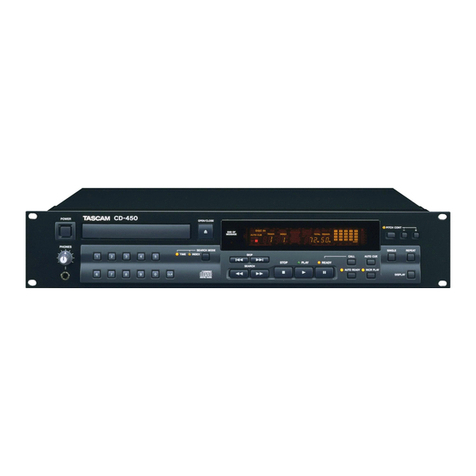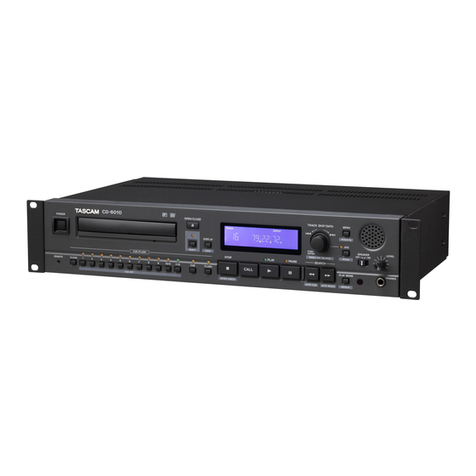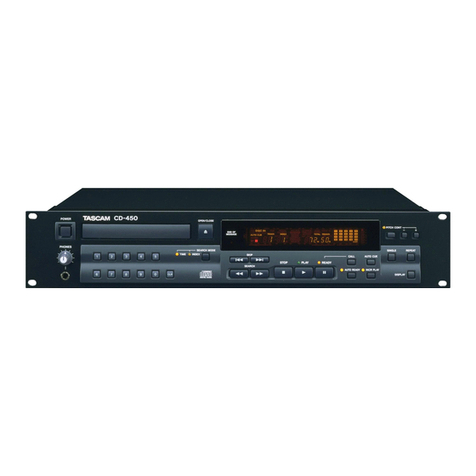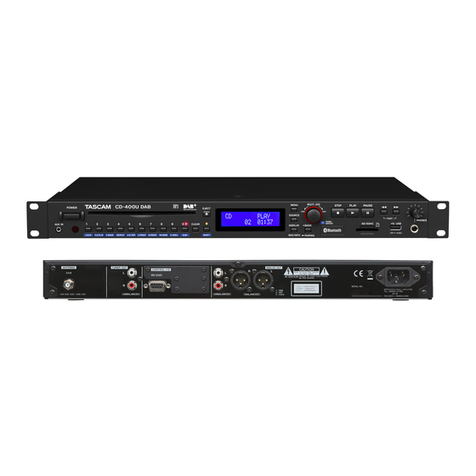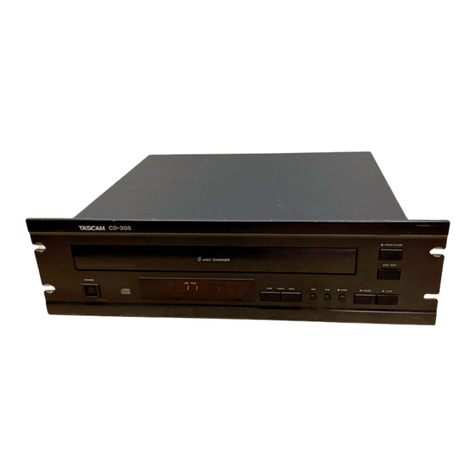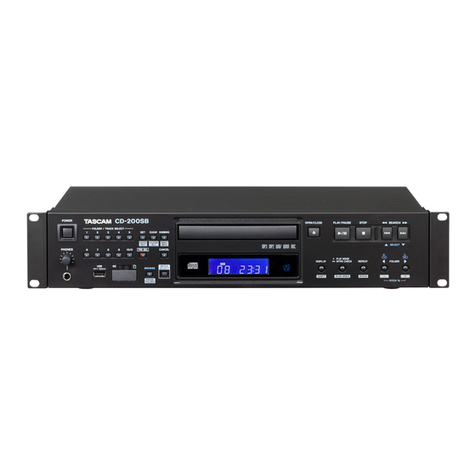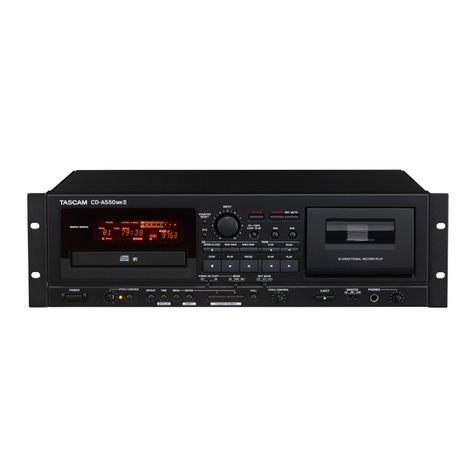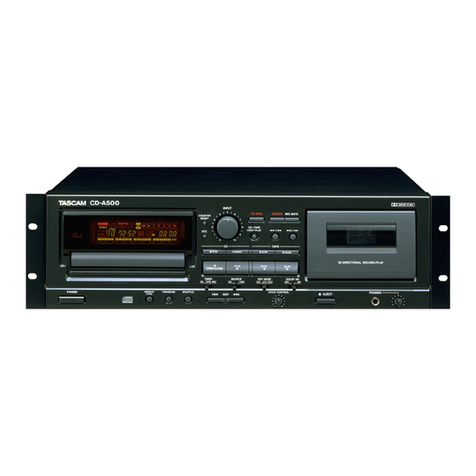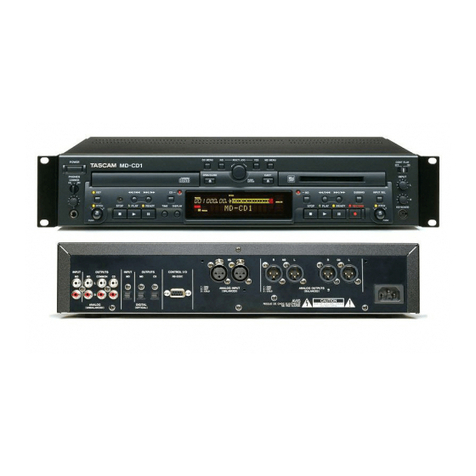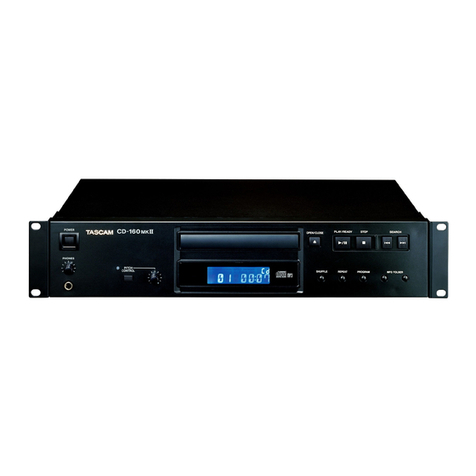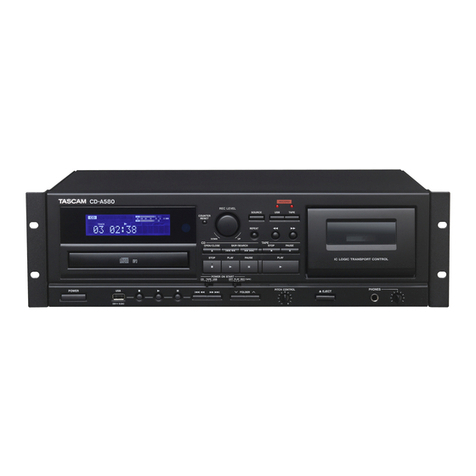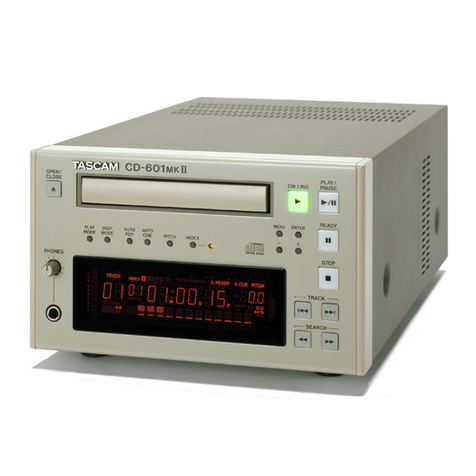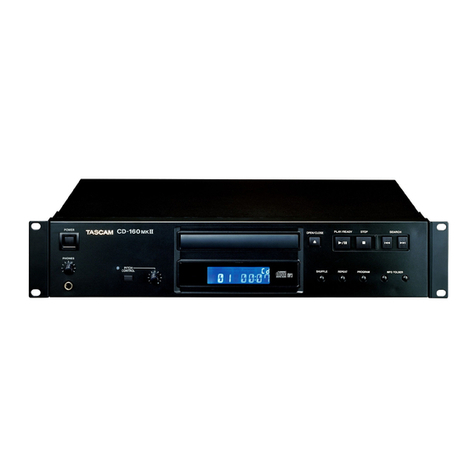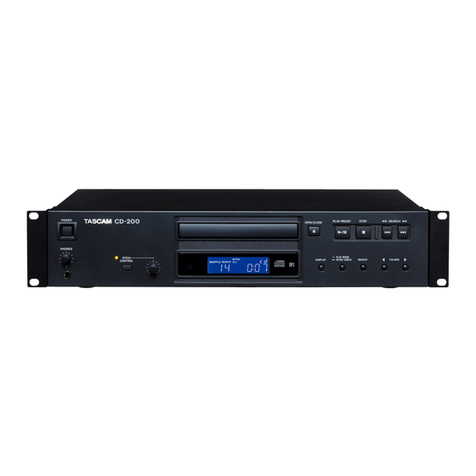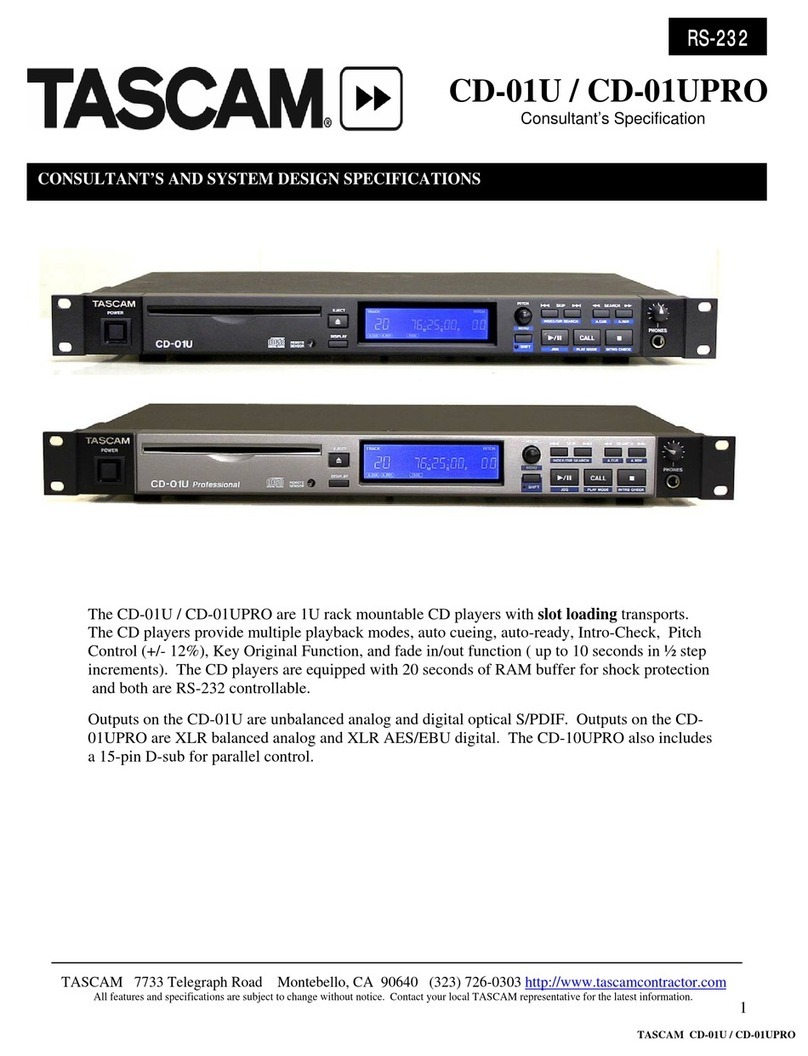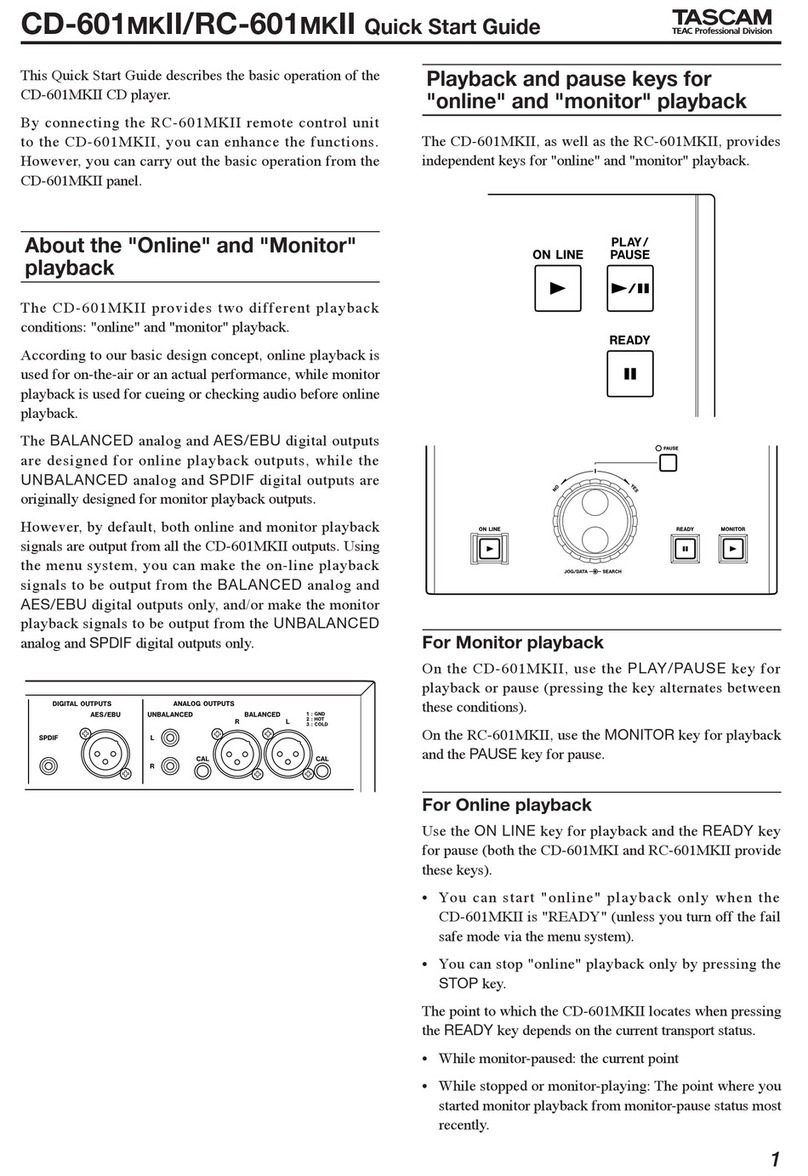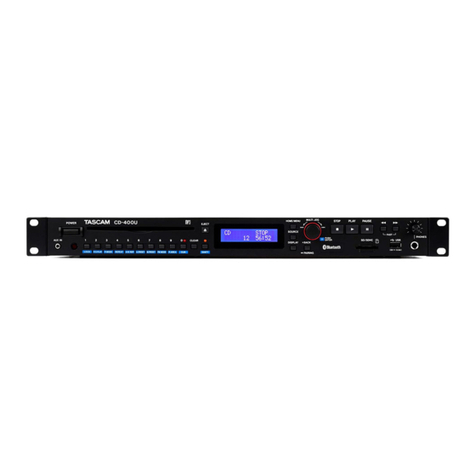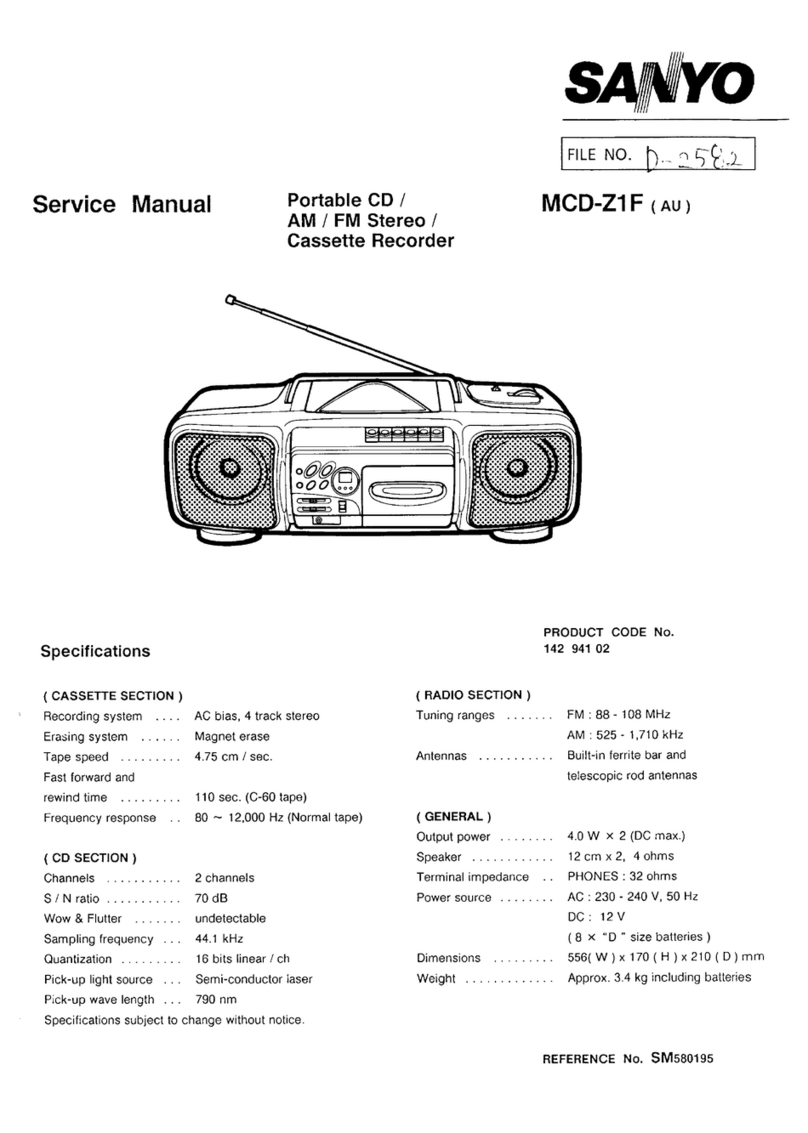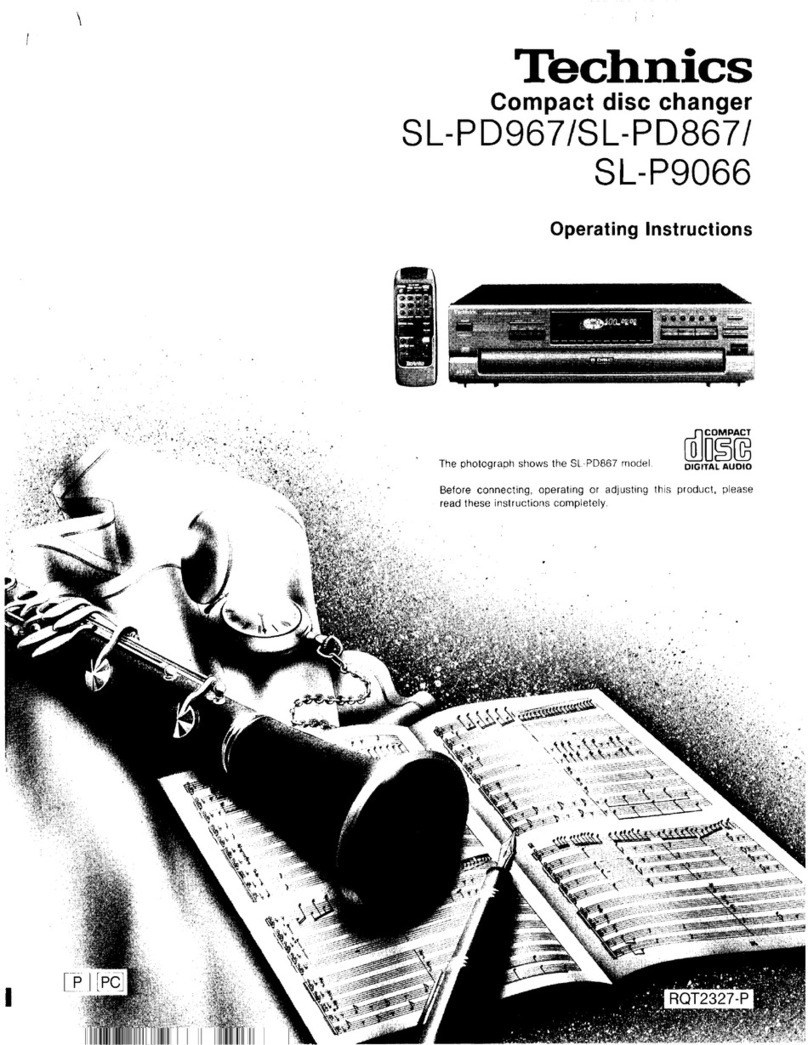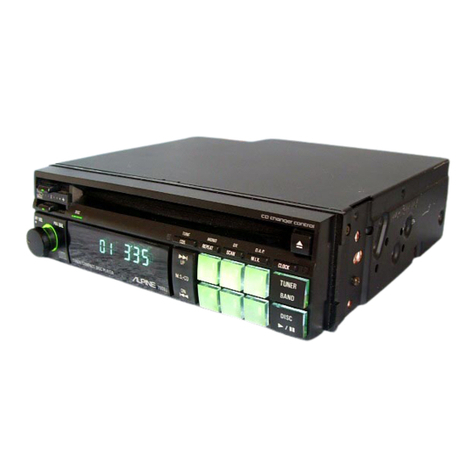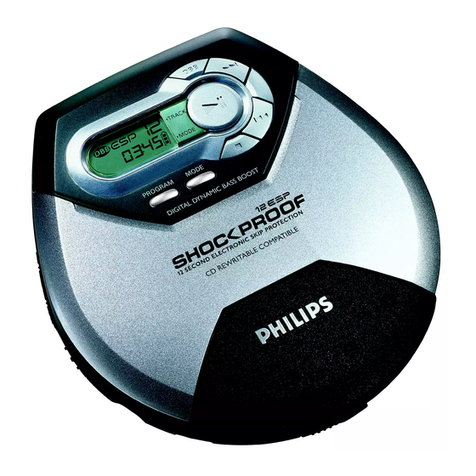DEUTSCH ESPAÑOL
Prima dell'usoVor Inbetriebnahme Previo al empleo
7
ITALIANO
Bitte vor Inbetriebnahme lesen
<Da sich das Gerät während des Betriebs
erwärmt, sollten Sie bei der Aufstellung
stets auf genügenden Platz achten, so
daß eine ausreichende Luftzirkulation
gewährleistet ist.
<Achten Sie stets darauf, daß die
Spannung Ihres Stromnetzes mit dem auf
der Geräterückseite angegebenen Wert
übereinstimmt. Sollten Sie dazu Fragen
haben oder im Zweifel sein, wenden Sie
sich bitte an einen Elektrofachmann.
<Wählen Sie einen geeigneten Standort
für den Receiver. Nicht geeignet sind
Standorte, die direkter
Sonneneinstrahlung, Heizquellen,
Vibrationen, Staubeinwirkung, starken
Temperaturschwankungen oder
Feuchtigkeit ausgesetzt sind.
<Stellen Sie das Gerät nicht auf einen
Verstärker oder Receiver.
<Niemals das Gehäuse öffnen, da
hierdurch Schäden an der Elektronik
und/oder elektrische Schläge verursacht
werden können. Falls ein Fremdkörper in
das Geräteinnere gelangen sollte,
wenden Sie sich bitte an Ihren
Fachhändler.
<Bei Abziehen des Netzkabels darauf
achten, das Kabel am Stecker zu halten.
Niemals am Kabel ziehen.
<Um den Laser-Tonabnehmer
sauberzuhalten, diesen nicht berühren
und den CD-Halter stets einfahren.
<Zur Gehäusereinigung niemals
Lösungsmittel verwenden, da hierdurch
die Gehäuseoberfläche beschädigt
werden kann. Ein sauberes trockenes
Tuch verwenden.
<Bewahren Sie diese
Bedienungsanleitung auf, um bei
eventuell später auftauchenden Fragen
darin nachschlagen zu können.
Leggere questo manuale prima di procedere
all'uso
<Dato che l’apparecchio può diventare
caldo durante il funzionamento,
raccomandiamo di garantire adeguate
condizioni di ventilazione, lasciando
sempre sopra di esso sufficiente spazio
libero.
<La tensione d'alimentazione c.a.
applicata all’apparecchio deve
corrispondere alla tensione stampata sul
pannello posteriore. In caso di dubbio,
chiedere consiglio a un elettricista.
<Scegliere con cura il luogo in cui
installare l'apparecchio. Evitare di
esporlo alla diretta luce del sole o ad una
sorgente di calore. Evitare inoltre luoghi
soggetti a vibrazioni o ad eccessive
accumulazioni di polvere, calore, freddo
od umidità.
<Non posare CD-A630 direttamente
sull'amplificatore /sintomizzatore.
<Non aprire la cassa dell'apparecchio. Ciò
potrebbe danneggiarne la circuitazione o
causare scariche elettriche. Se un
qualche oggetto estraneo dovesse
essere entrato nell'apparecchio stesso,
rivolgersi al rivenditore.
<Per staccare la spina dalla presa di rete,
agire direttamente sulla spina stessa,
evitando di tirare il cavo.
<Per mantenere pulito il lettore laser,
evitare di toccarlo e chiudere sempre il
vano CD.
<Evitare di pulire l'apparecchio con
solventi chimici poichè ciò potrebbe
danneggiare la rifinitura esterna. Fare
semplicemente uso di un panno pulito ed
asciuto.
<Tenere questo manuale in un luogo di
facile accesso, per ogni eventuale futuro
riferimento.
Lea lo siguiente antes de poner en
funcionamiento el aparato
<La unidad puede calentarse durante su
funcionamiento, por lo que siempre
deberá dejar espacio suficiente por
encima de ella para la ventilación.
<La tensión suministrada a la unidad
deberá coincidir con la tensión rotulada
en el panel posterior. En caso de duda,
consulte a un electricista.
<Elija con cuidado el lugar de instalación
para su aparato. No lo coloque a la luz
solar directa o cerca de fuentes que
generen calor. Evite también lugares
expuestos a vibraciones y muy
polvorientos, calurosos, fríos o húmedos.
<No coloque el CD-A630 sobre el
amplificador/receptor.
<No abra el gabinete ya que esto podría
producir daños en los circuitos o
electrochoques. Si entrara algún objeto
en el interior del aparato, póngase en
contacto con su concesionario.
<Al desenchufar el cordón del
tomacorriente, tire siempre de la clavija,
nunca del cordón.
<Para mantener limpio el fonocaptor laser,
no lo toque y no olvide cerrar la bandeja
portadisco.
<No utilice solventes químicos para
limpiar el aparato ya que podría dañar el
acabado. Use un paño seco y limpio.
<Guarde este manual en un lugar seguro
para usarlo como referencia en el futuro.
Der Initialisierungsprozeß nach dem
Einschalten des Geräts nimmt einige Zeit
in Anspruch. Das während der
Initialisierung zu vernehmende Geräusch
ist normal und kein Anzeichen für eine
Betriebsstörung.
Um Beschädigungen des Geräts zu
vermeiden, schalten Sie es nie ab, wenn
das rote CD-Zeichen oder „--:--„ blinkt.
Dies gilt insbesondere während der
Initialisierung des Geräts, beim Einlegen
einer CD oder während Sie die CD-Lade
öffnen.
Quando l'unità viene accesa, bisogna
aspettare un po' che l'inizializzazione
dell'unità venga completata. Durante
l'inizializzazione si sente un rumore
dovuta a quest'operazione, non a un
malfunzionamento.
Per evitare di danneggiare questo
apparecchio non spegnerlo mai se sul
display il simbolo rosso del disco oppure
l'indicazione "--:--" stanno lampeggiando;
in altre parole quando si stanno
compiendo le operazioni di
inizializzazione dell'apparecchio, o si sta
inserendo un disco o si sta aprendo il
vassoio di un disco.
Cuando la unidad es activada, tardará
cierto tiempo para su inicialización. El
ruido que ocurre durante la inicialización
no significa una falla.
No apague nunca la unidad mientras
parpadea el indicador rojo de disco o la
indicación "--:--", es decir, mientras se
inicializa la unidad, se carga un disco o
se abre la bandeja.
Si lo hace, la unidad podría resultar
dañada.
